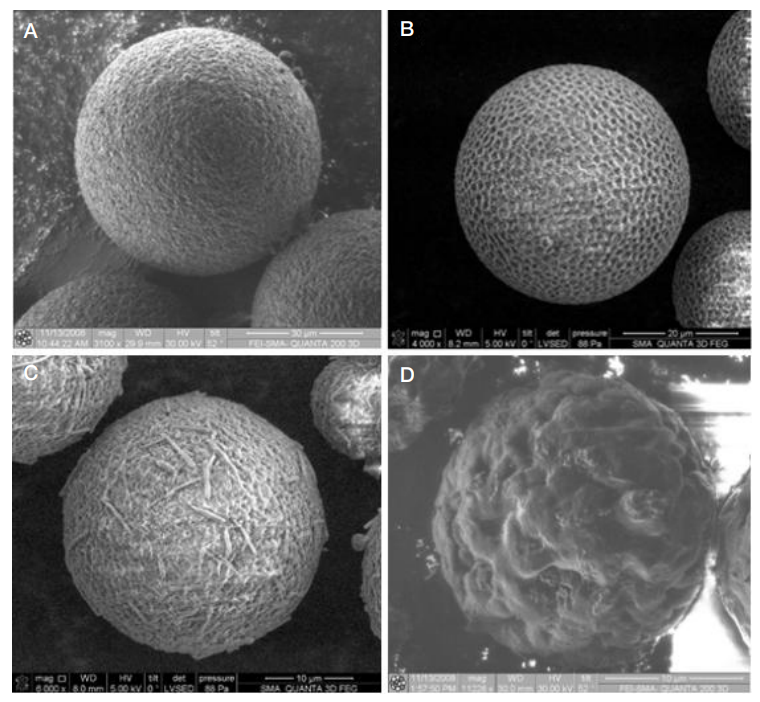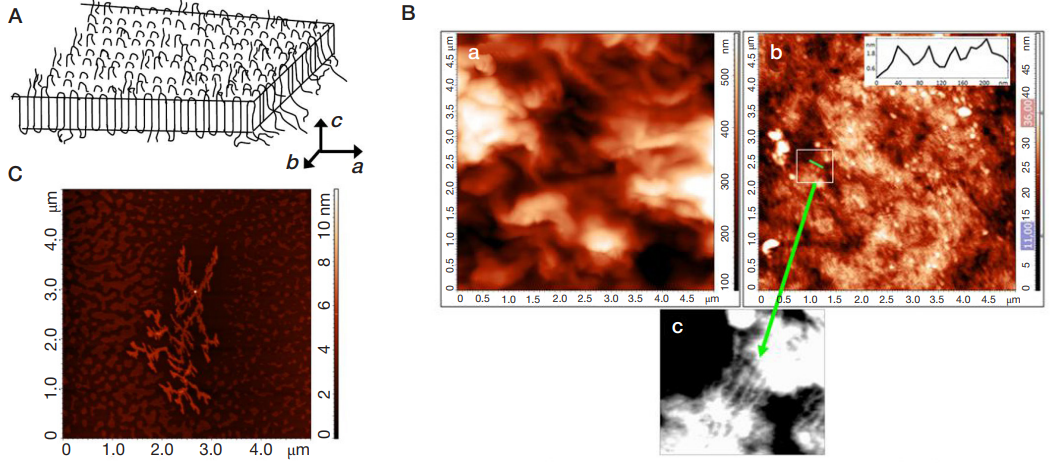
OPINION
Poly(3-hydroxyalkanoate)-based drug formulations: the micro- and nanostructure
1 Faculty of Biology, Lomonosov Moscow State University, Moscow
2 Bakh Institute of Biochemistry, Research Center of Biotechnology of the Russian Academy of Sciences, Moscow
Correspondence should be addressed: Anton P. Bonartsev
Leninskie gory, 1 bl. 12, Moscow, 119234; ur.liam@ranob_tna
Funding: this work was supported by the grant of the Russian Science Foundation (project 17-74-20104, section 1) and the grant of the Russian Foundation for Basic Research (project 15-29-04856, section 2).

